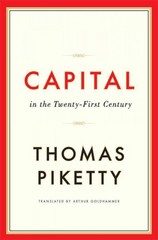Question
1) Which of the following is a feature of a stop-loss order to sell a stock? A) A stop-loss order does not require an investor
1) Which of the following is a feature of a stop-loss order to sell a stock?
A) A stop-loss order does not require an investor to pay a commission on the sale of stock.
B) A stop-loss order specifies to sell the stock when its market value reaches a preset price.
C) A stop-loss order automatically sells stock if the stock is incurring a loss.
D) A stop-loss order assures a minimum profit on the sale of the stock.
2) How is a growth-oriented stock investor different from a value-oriented investor?
A) A growth-oriented investor copies the market index when making investment decisions, whereas a value-oriented investor follows the advice of an expert.
B) A growth-oriented investor looks for a stock whose value will rise in the future, whereas a value-oriented investor looks for undervalued stocks for investment.
C) A growth-oriented investor makes their own investment decisions, whereas a value-oriented investor hires experts to make investment decisions.
D) A growth-oriented investor earns higher returns as they do not pay fees to manage funds, whereas a value-oriented investor earns lower returns due tomanagement fees.
Step by Step Solution
There are 3 Steps involved in it
Step: 1

Get Instant Access to Expert-Tailored Solutions
See step-by-step solutions with expert insights and AI powered tools for academic success
Step: 2

Step: 3

Ace Your Homework with AI
Get the answers you need in no time with our AI-driven, step-by-step assistance
Get Started


